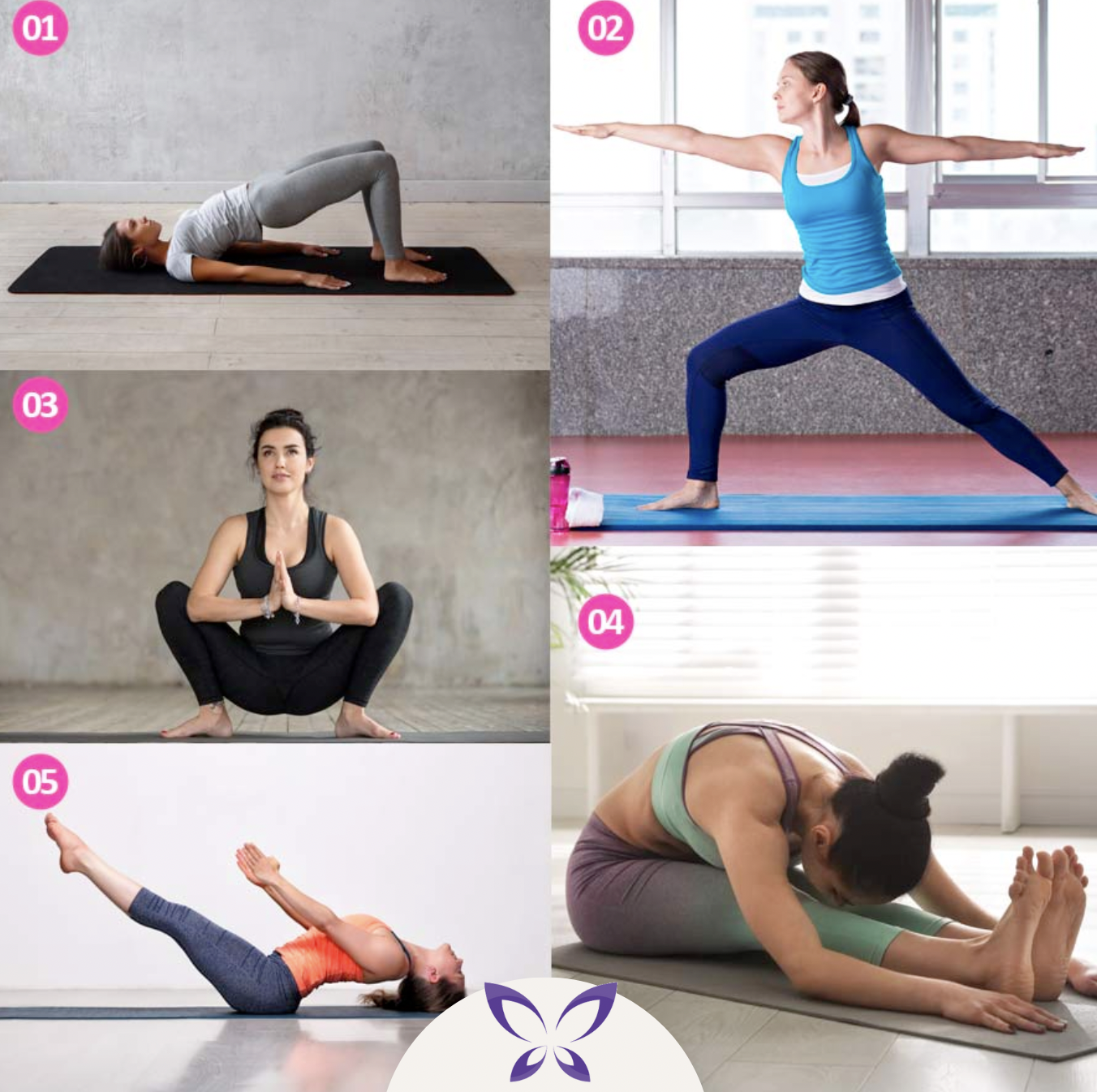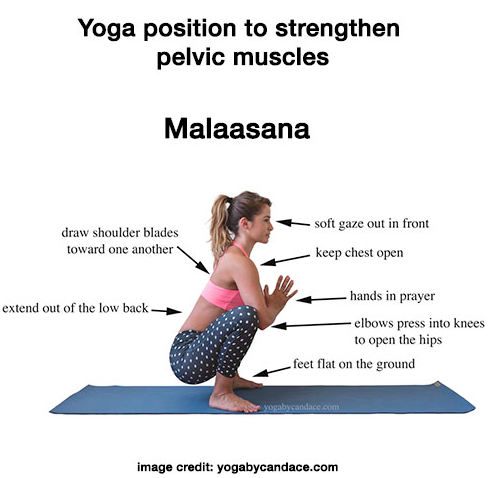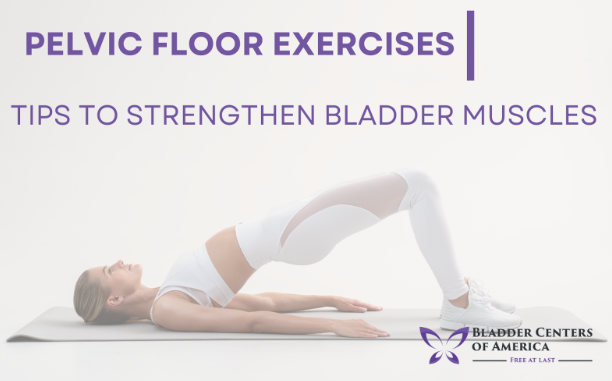Pelvic Floor Exercises | Tips to Strengthen Bladder Muscles
Bladder problems can be a sensitive topic to discuss, but they affect many people, especially as they age. While medications and medical procedures can help, there are some natural ways to improve an overactive bladder. Exercising and strengthening your bladder muscles can help manage urinary incontinence, and there are simple exercises you can do at home. In this blog post, we will explore the benefits of bladder exercises and share tips on how to strengthen your bladder muscles.

Consistent Pelvic Floor Exercises
Bladder exercises, also called pelvic floor exercises, strengthen the muscles that control urination. These muscles are like a sling that supports the bladder and urethra. The exercises involve contracting and relaxing the pelvic floor muscles several times in a row. The key is to do them consistently, several times per day. You may not see results right away, but with regular practice of pelvic floor exercises, you may notice improvements in your bladder control within a few weeks.
Regular Physical Exercise
Exercise, in general, is an excellent way to maintain strong muscles and promote good health. Regular physical activity helps control weight, reduce stress, and improve circulation. In addition to pelvic floor exercises – aerobic exercises like walking, cycling, and swimming are especially helpful in promoting bladder health. Walking is an easy and accessible exercise that can help keep your muscles strong and prevent incontinence.

Conclusion:
In conclusion, bladder exercises are a simple and effective way to improve bladder control and prevent urinary incontinence. By doing them consistently, several times per day, and combining them with regular exercise, a balanced diet, and supplements like magnesium, you can strengthen your bladder muscles and prevent bladder problems. Remember to seek advice from your medical doctor before you start any new exercise routine. With patience and dedication, you can improve your bladder health and enjoy life without worrying about an overactive bladder. Contact Bladder Centers of America in Arizona to find relief from your overactive bladder.

